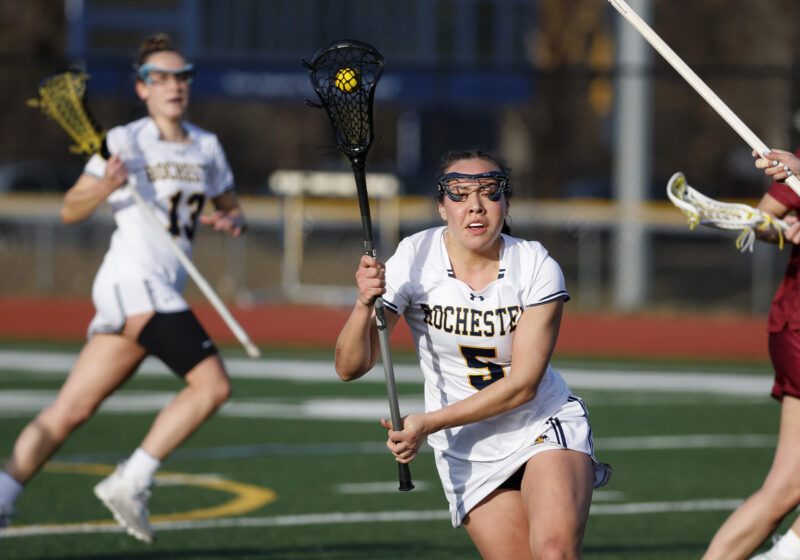David Bowie is one of those rare figures in pop culture whose significance transcends the boundaries we apply to art and creativity. Sure, lots of artists work across different mediums and styles (and Bowie was no exception), but that’s not exactly what I mean.
He produced decade after prolific decade of incredibly diverse music, demonstrated a constant willingness to entirely change up his style to work with new collaborators, and had an ability to cut through facades and speak in a way that’s difficult to explain, even for those he inspired enough to dedicate their careers to studying his character.
This sort of overwhelming aesthetic power was the focus of “The Life and Art of David Bowie,” a semi-biographical documentary shown for free at the Memorial Art Gallery this past Thursday. Produced by the Alternative Music Film Society, the movie was screened for a packed auditorium. It was a compilation of old newsreels, interviews, and short biographical segments produced by channels like the BBC, many of them created after Bowie’s death just over three years ago.
The film was constructed primarily around interviews with Brian Eno, Lou Reed, Mick Ronson, Carlos Alomar, and so many other phenomenal musicians and performers with whom Bowie shared influence, driving home just how singular and memorable he was to the people he influenced throughout his life.
Since Bowie’s passing, I’ve come to believe it’s critically important to compile these kinds of conversations. We can listen to Bowie’s music whenever we want. His music represents a sort of musical actualization, and was of course used to score the film perfectly. When Bowie wrote “Ziggy Stardust,” for example, the film shows how he envisioned what it must have been like to be a rock star and in so doing became one of the greatest rock stars of his or any period. But to really understand what it was like to be in the presence of a someone capable of that kind of musical character reinvention, one has to have known him, and the next best thing for those who can’t is to listen to those who did.
Although it might seem obscure to people who don’t particularly care about Bowie, I personally found “The Life and Art of David Bowie” compelling and moving, especially during the montages of fans reacting to the news of his death. Like “A Poem is a Naked Person” (about the rock pianist, Leon Russell) and especially “Eat That Question” (a similar collection of archival footage of Frank Zappa), the film simply presents us with a star in his own words, and in the words of the people closest to him. We are left to create our own images of Bowie from those pieces, appreciating someone whose art was at once cosmically universal and deeply personal.





